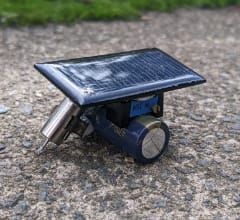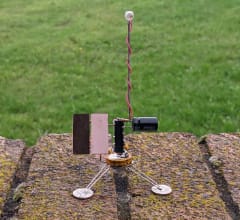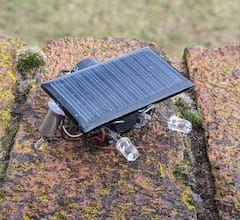BEAM (short for Biology, Electronics, Aesthetics, Mechanics) is a style of robotics that uses simple analogue circuitry to achieve complex, lifelike behaviour. It often uses readily available components that can be salvaged from junk electronics. BEAM bots have fallen into obscurity since their peak in the early 2000s, but their focus on efficiency and simplicity make them a lot of fun to build.
It's a bit tricky finding information on them these days; many of the original sites are now long since gone. A handful have survived, though, and a few new ones have popped up too. You can find links to them at the bottom of the pagein the sidebar.
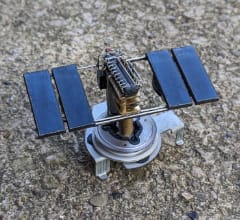
For my next bot, I wanted to make something that would be active both in the light and the dark. A headbot seemed perfect: a stationary robot that could sit on my desk and turn to face the brightest source of light, soaking up energy during the day and then releasing it after dark through a pummer circuit that flashes a couple of LEDs.
18th June 2024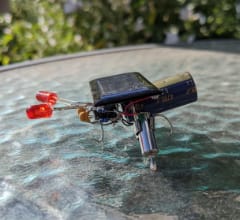
I built another photopopper, this time using the FRED solar engine: an improved, more efficient version of the simpler FLED design. Like my first one, it uses a 4700µF storage capacitor and a 5V solar panel.
10th August 2022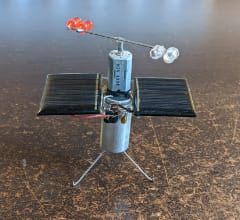
A simple desktop spinner using the Miller engine. It uses a 2.2µF timing capacitor and an MCP112-270E that triggers the circuit at 2.63V, powered by two solar panels in series providing 6V.
18th April 2022
